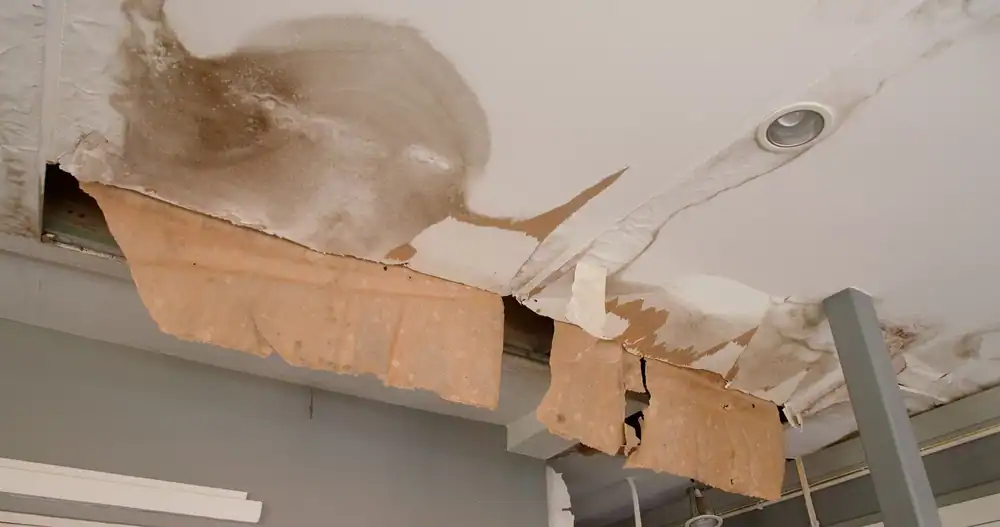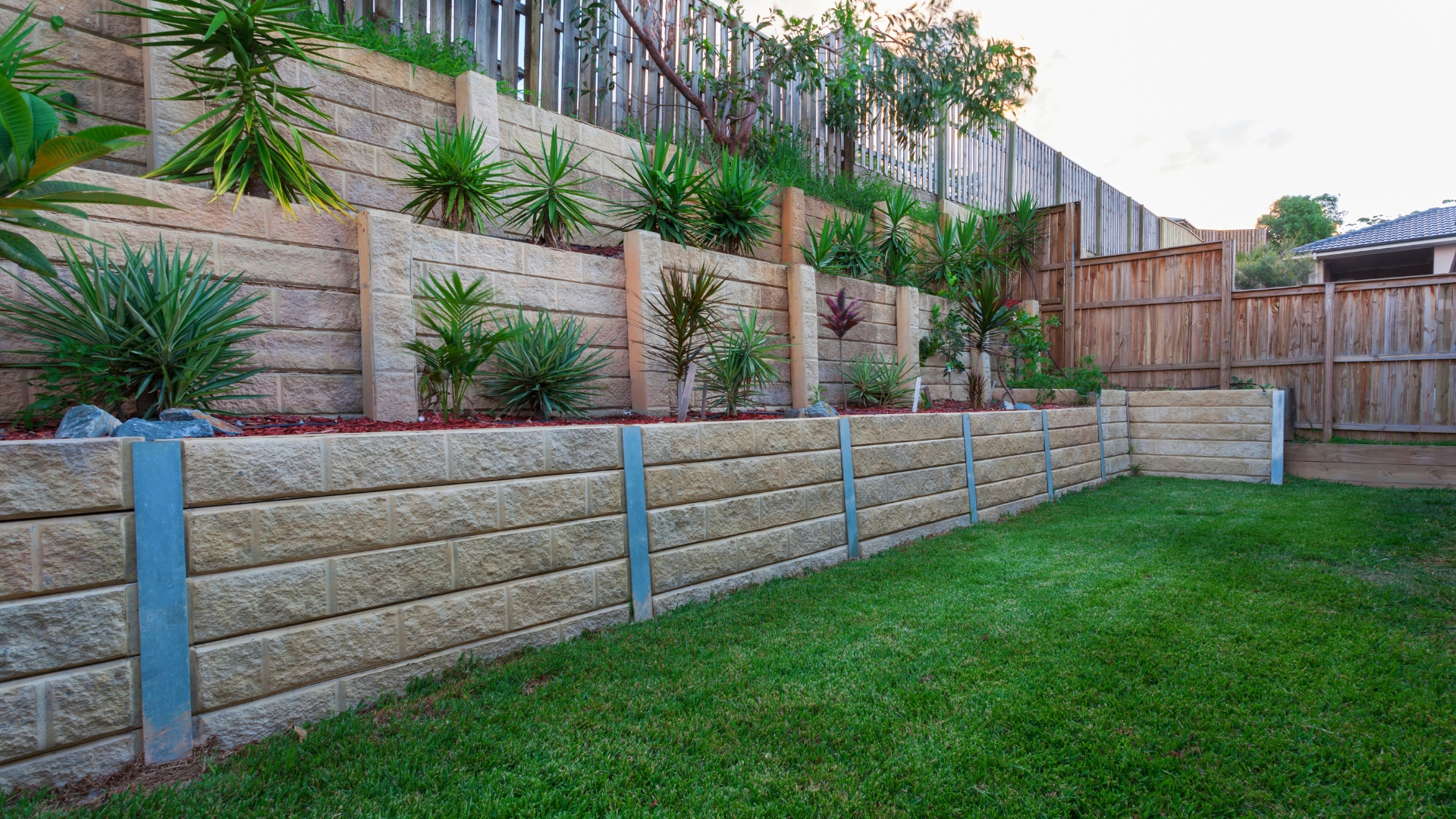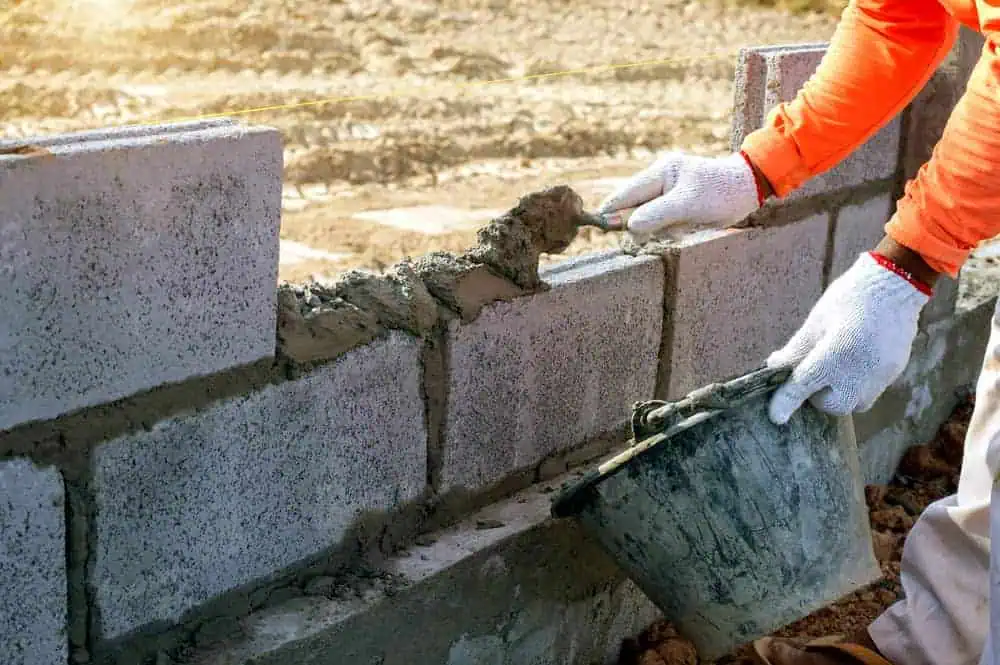Summary:
Why Boston Basements Face Unique Water Challenges
Boston isn’t just any city when it comes to basement water issues. Our combination of old housing stock, challenging soil conditions, and brutal freeze-thaw cycles creates a perfect storm for water infiltration.
Nearly half of Boston’s homes were built before 1940, which means foundations that weren’t designed with modern waterproofing techniques. These older foundations often have small cracks and vulnerabilities that allow water to seep through during heavy rains or spring snowmelt.
Add Boston’s notorious weather patterns to the mix, and you’ve got basements that face serious water pressure throughout the year. Spring storms, combined sewer overflows, and rapid temperature changes all contribute to the water problems that keep Boston homeowners awake at night.
Common Signs Your Boston Basement Needs Waterproofing
Water problems don’t always announce themselves with dramatic flooding. Often, the early warning signs are subtle but telling.
That musty smell you notice when you head downstairs? It’s usually the first indicator that moisture is getting where it shouldn’t. Even small amounts of humidity can create that distinctive basement odor that signals potential mold growth.
White, chalky stains on your foundation walls are another red flag. This efflorescence happens when water moves through masonry, leaving mineral deposits behind. While it might look harmless, it indicates that water is actively penetrating your foundation.
You might also notice rust on metal objects stored in your basement, peeling paint on walls, or that your dehumidifier seems to run constantly without making much difference. These are all signs that your basement’s moisture levels are higher than they should be.
Don’t ignore small puddles after heavy rains, even if they seem to dry up quickly. Water that appears and disappears is still causing damage behind the scenes, potentially compromising your foundation’s structural integrity over time.
The key is addressing these warning signs before they become major problems. Early intervention almost always costs less than emergency repairs after significant water damage has occurred.
How Boston's Climate Affects Your Foundation
New England’s freeze-thaw cycles are particularly brutal on basement foundations. When water gets into small cracks and then freezes, it expands with tremendous force, literally pushing your foundation apart from the inside.
This process happens repeatedly throughout our long winter months. A hairline crack in October can become a serious leak by March, thanks to dozens of freeze-thaw cycles that gradually widen the opening.
Spring brings its own challenges. Rapid snowmelt combined with heavy spring rains can overwhelm drainage systems and create hydrostatic pressure against foundation walls. This pressure forces water through any available opening, no matter how small.
Boston’s clay-heavy soil compounds these problems. Clay doesn’t drain well, so water tends to pool around foundations rather than flowing away naturally. During wet periods, this saturated soil creates constant pressure against basement walls.
Summer humidity adds another layer of complexity. Even without active leaks, high humidity can cause condensation problems that lead to mold growth and that persistent musty basement smell.
Understanding these seasonal challenges is crucial for choosing the right waterproofing approach. Solutions that work in drier climates often fail here because they don’t account for the unique stresses that Boston weather places on foundations.
That’s why working with local contractors who understand these specific challenges makes such a difference. We know which techniques and materials hold up against our particular combination of weather, soil, and building conditions.
Professional Basement Waterproofing Solutions That Work
Effective basement waterproofing isn’t about quick fixes or temporary patches. It’s about creating a comprehensive system that addresses water at its source and provides long-term protection for your home.
The most effective approach combines exterior and interior techniques, depending on your specific situation. Exterior waterproofing stops water before it reaches your foundation walls, while interior systems manage any water that does get through.
Modern waterproofing goes far beyond the old approach of just painting basement walls with waterproof coatings. Today’s solutions include advanced drainage systems, professional-grade sump pumps, and vapor barriers that work together as an integrated system.
Exterior vs Interior Waterproofing Methods
Exterior waterproofing is often the most effective long-term solution because it prevents water from ever reaching your foundation walls. This approach typically involves excavating around your foundation, applying waterproof membranes, and installing proper drainage systems.
The process includes cleaning and repairing foundation walls, applying high-quality waterproofing membranes, and installing French drains that direct water away from your home. While more involved initially, exterior waterproofing often provides the most comprehensive protection.
Interior waterproofing focuses on managing water that has already entered your basement. This includes installing interior drainage systems, sump pumps, and vapor barriers that collect and redirect water before it can cause damage.
Interior solutions are often more cost-effective and less disruptive, especially in situations where exterior excavation isn’t practical. Modern interior systems can be highly effective, particularly when combined with proper dehumidification.
The best approach often combines both methods. Exterior waterproofing provides the primary defense, while interior systems offer backup protection and humidity control. A professional assessment can determine which combination makes the most sense for your specific situation.
Cost considerations matter too. Interior waterproofing typically ranges from $3,000 to $7,000, while comprehensive exterior solutions can run $7,000 to $15,000 or more. However, the investment pays off in prevented damage and increased usable space.
Modern Sump Pump Systems and Drainage Solutions
Today’s sump pump systems are far more sophisticated than the basic models of decades past. Modern systems include primary pumps, battery backup systems, and even smart monitoring that alerts you to potential problems.
A properly designed sump pump system starts with a correctly sized sump pit and high-quality pump that can handle your home’s specific water volume requirements. The system should include a reliable discharge line that carries water well away from your foundation.
Battery backup systems are essential in Boston, where power outages during storms are common. When you need your sump pump most—during heavy storms—is often when you’re most likely to lose power. A battery backup ensures continuous protection.
Smart sump pump systems can send alerts to your phone if water levels rise unusually high, if the pump fails, or if power is lost. This early warning system lets you address problems before they become disasters.
French drain systems work hand-in-hand with sump pumps to create comprehensive basement protection. These drainage systems collect water from around your foundation and direct it to your sump pit, where it can be pumped safely away.
Proper installation is critical for all these systems. Poorly installed drainage can actually make water problems worse by directing water toward your foundation instead of away from it. That’s why working with experienced professionals who understand local soil and drainage patterns is so important.
Regular maintenance keeps these systems working when you need them most. Annual inspections, pump testing, and drain cleaning ensure your waterproofing system provides reliable protection year after year.
Protecting Your Boston Home with Professional Waterproofing
Your basement doesn’t have to be a constant source of worry. With the right waterproofing approach, you can transform that damp, musty space into a dry, usable part of your home that actually adds value rather than creating headaches.
The key is working with professionals who understand Boston’s unique challenges and have the experience to recommend solutions that actually work long-term. Quick fixes might seem appealing, but they rarely address the root causes of water problems.
At Academy Masonry, we bring over 30 years of combined experience to every waterproofing project, with the local knowledge and proven techniques needed to keep Boston basements dry. From comprehensive assessments to complete installation and ongoing support, we provide the expertise you need to protect your home and your peace of mind.



